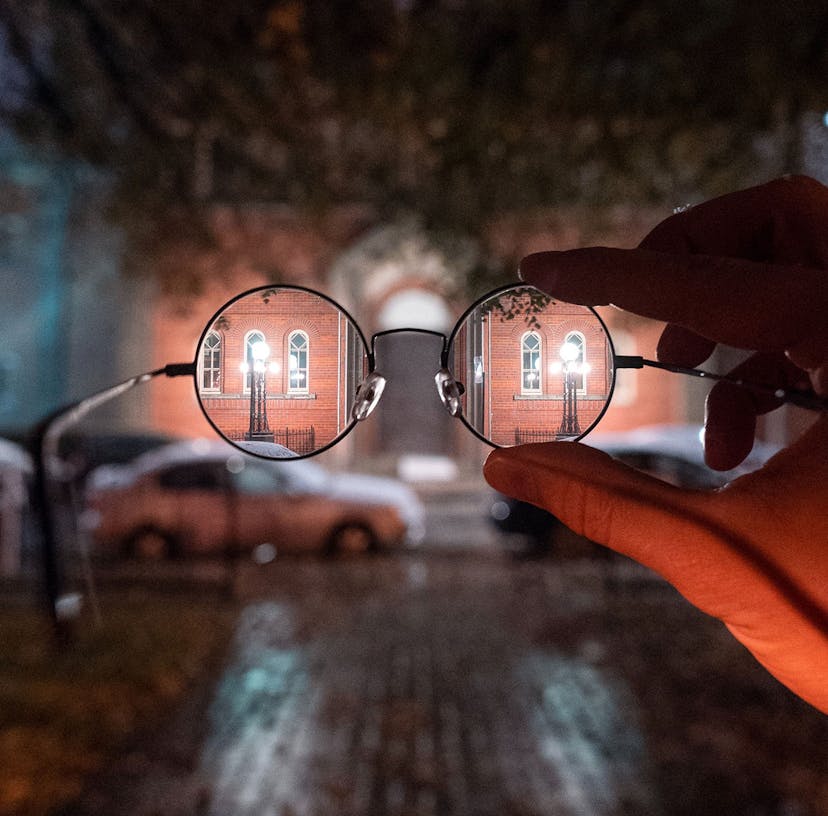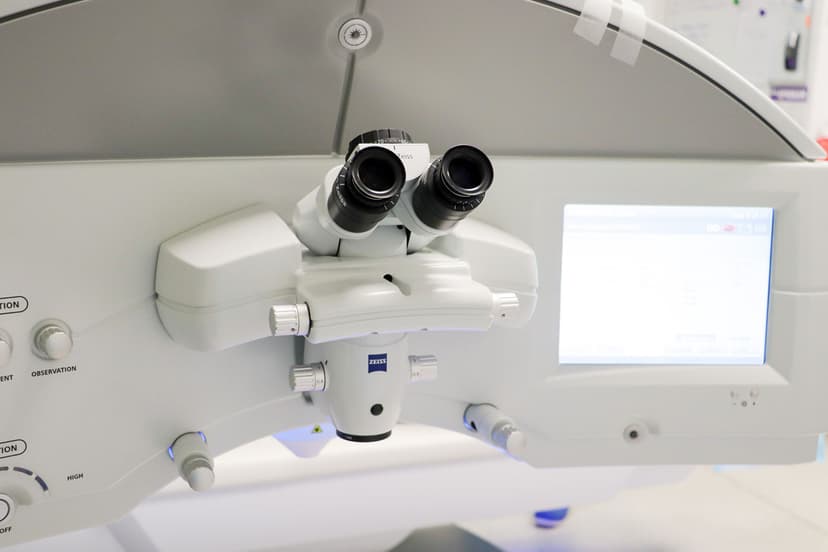
Vision is like any biometric measurement, there is a range of normal rather than one single measurement. Google says that the average height of men in 1.7 meters. That does not mean that anyone who is taller or shorter is abnormal, there is a range within which most of us are. The range of spectacle-free vision is described in this article. The numbers are the lenses needed to put the eye into “perfect” focus. Someone whose focus is at point X has a spectacle prescription of -0.50 of myopia and 0.25 of astigmatism.
Wearing Prescription
Wearing a weak prescription would theoretically give the person better vision but in practice, it’s so weak that nobody would bother wearing such a pair of glasses. Such people regard themselves as spectacle-free. Anyone whose spectacle prescription falls in the blue zone would regard themselves as spectacle-free and can see the world without glasses just as well as anyone else. They can perform all visual tasks perfectly with no glasses or contacts. You will notice that there is no sharp edge to the zone but rather there is a gradual transition into the zone where glasses are necessary to see clearly. The purpose of laser refractive surgery is to move your vision from the zone where glasses are necessary into the zone of spectacle-free vision. We do not need to get you to the very centre of the zone to be successful. This is where the brain comes in.

Think of good vision as 20% optics (focus) and 80% data processing.
Perfect Vision
If the visual cortex gets an image from within the zone it will process it so that it will appear to come from the very centre. That is perfect vision. The software the brain uses to analyse vision is designed to work with eyes that are focused in the spectacle-free zone. Evolution demanded this. That’s why we say that glasses, and to a lesser extent contacts, do not solve the problems of ametropia. They just make it survivable. Laser refractive surgery gives you the vision nature intended you to have. Laser vision correction is not a luxury; it’s a release from a handicap, the correction of a blemish.
What Is Ametropia?
Ametropia is a refractive error of the eye, which means that the eye does not properly focus light onto the retina, leading to blurred or distorted vision. It is a common eye condition and can cause difficulties with seeing objects clearly at various distances. Ametropia occurs when the shape of the eye or the curvature of the cornea is not ideal, causing light rays to be focused either in front of the retina (myopia or nearsightedness) or behind the retina (hyperopia or farsightedness). Additionally, an irregularly shaped cornea can cause astigmatism, which results in distorted or blurry vision at all distances.
The main types of ametropia are:
Myopia (Nearsightedness)
In myopia, the eyeball is often too long, or the cornea is too steeply curved, causing light to be focused in front of the retina instead of directly on it. This leads to clear near vision but blurry distance vision.
Hyperopia (Farsightedness)
In hyperopia, the eyeball is often too short, or the cornea is too flat, causing light to be focused behind the retina. This results in clear distance vision but difficulty focusing on near objects.
Astigmatism
Astigmatism occurs when the cornea or lens has an irregular shape, causing light rays to be focused unevenly on the retina. This leads to distorted and blurry vision at both near and far distances.
It's important for individuals experiencing vision problems to have regular eye examinations to identify and correct any refractive errors like ametropia. My-iClinic offers an eye care professional service which can prescribe the appropriate corrective measures to improve visual acuity and overall eye health.
Find out more by Speaking to our team









